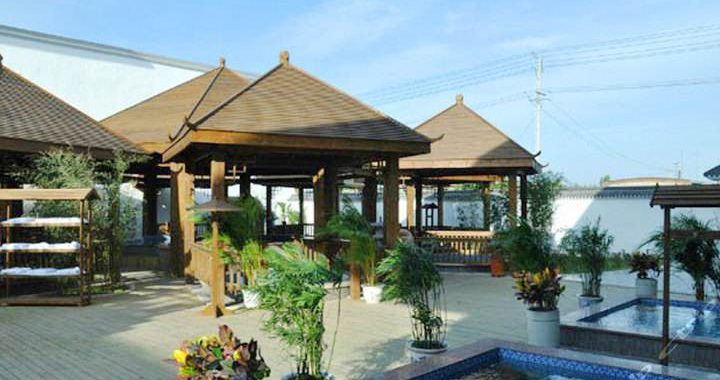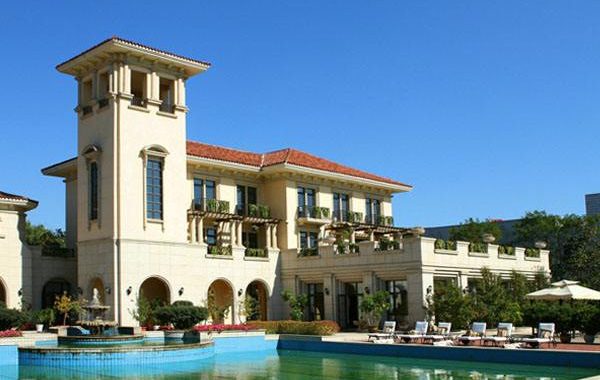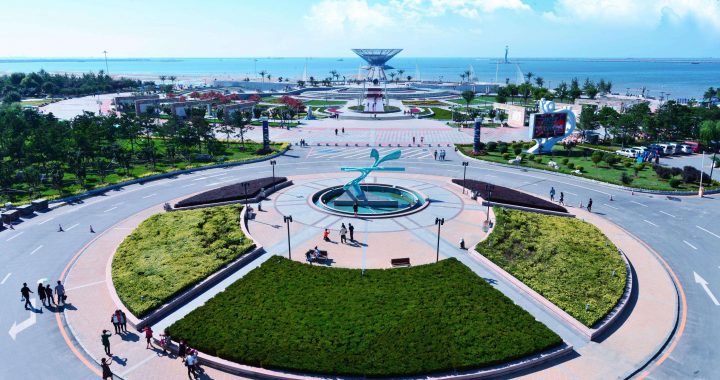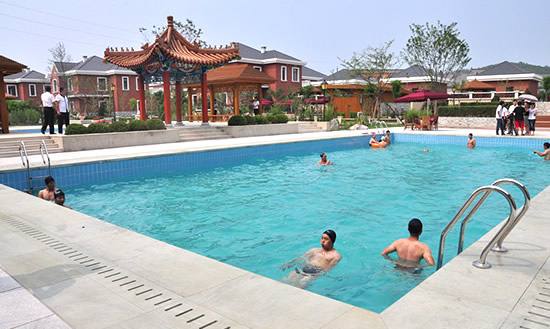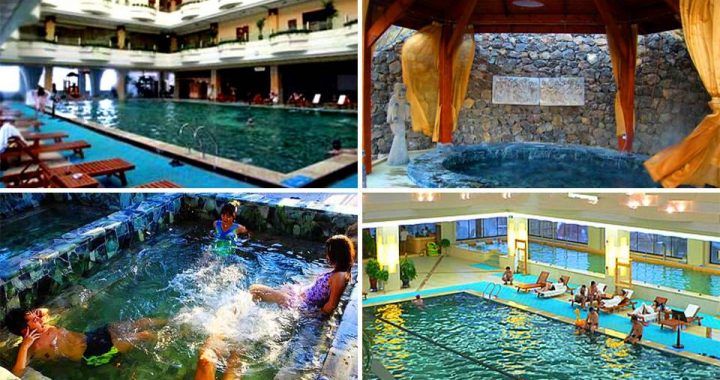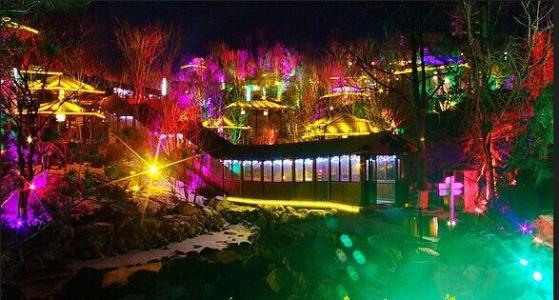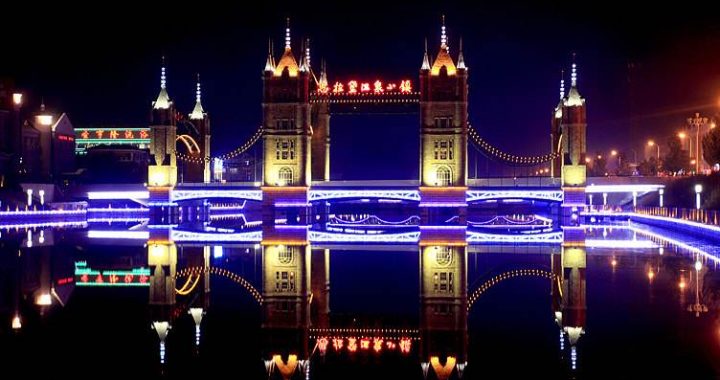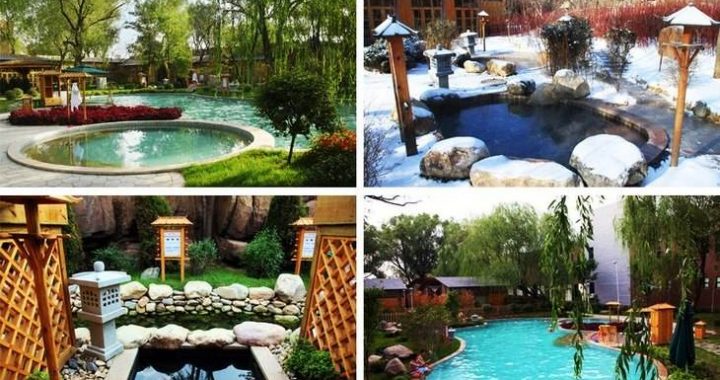Hongxigu Hot Spring Resort
4 min readHealth and Wellness
Aside from the obvious relaxing properties of visiting a hot spring,there are many health benefits to the practice. TCM roots its philosophy in the balancing of water and fire in a physiological sense of the terms. The concept of yin (cold) and yang (hot) are the foundation to the beneficial properties of regulating the body against disease and pain. The hot springs of Liaoning offer not only the ability to relax in the waters but many other treatments because of the high mineral content and trace elements in the waters.

Additionally, many TCM remedies and other ingredients are added to these waters to provide the visitor recuperation and healing.
Acupuncture is a very popular form of therapy in Liaoning.
The Tanggangzi Hospital has served as a center for medical therapy for hundreds of years and is now one of the premiere centers for recuperation using traditional Chinese medicine techniques. Here the use of acupuncture helps heal any number of ailments.
Traditional Chinese Medical Treatments
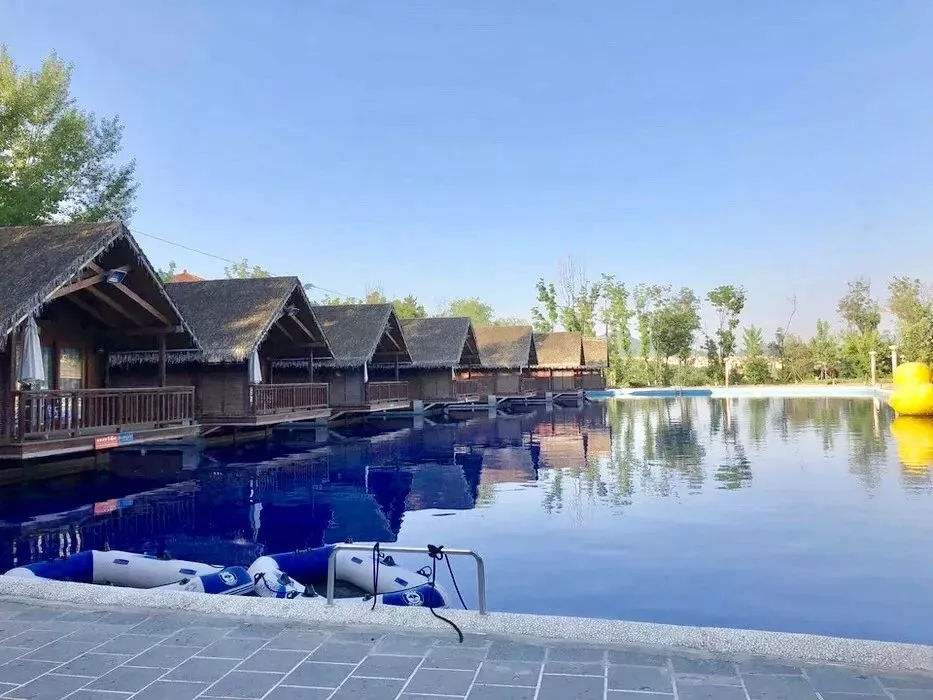
If you take a short trip to your local Chinatown the sight of many strange looking roots, herbs and other dried ingredients at a Chinese pharmacy can bring a confused look to your face. Gazing at your confusion, the simple reply from the local merchant,”Chinese medicine”said with a knowing smile, usually serves as enough to give an adequate answer for what you see. That is to say it is something old or mysterious, or both. Chinese medicine is certainly not new with its thousands of years of history, but it is still new to many Westerners as a viable means of providing relief from common ailments. While acupuncture and acupressure have been modernized and are becoming accepted as viable medical treatments in the West, some of the more bizarre appearing concoctions of twigs and roots are a bit harder to swallow for Western patients.
This is not to say Western medicine has always been small pills packaged in foil packets handed over by a man in a white lab coat. The use of local herbs and other edible ingredients in medieval Europe were prepared to combat everything from a headache to the plague with varying degrees of effectiveness. Today in the West the more palatable nomenclature for these remedies are homeopathic or all-natural. No matter what you call it, TCM or homeopathy, the idea of moving away from processed chemicals to a more holistic and natural approach has been around for thousands of years and for good reason.

In medieval Western society the concept of healing one’s body through a balance of the four humors was the basis of medical healing. The belief was that the body was made up of four fluids that served to balance both mental and physical health. If you were easy to become angry you had an excess of yellow bile or “fire”. If you were having trouble sleeping or were lethargic you had an excess of black bile or “earth”in your system. If you were completely uninvolved and unemotional your body had an abundance of phlegm associated with the amount of”water”in your system. Rounding out the humors was blood, which was a combination of all three fluids with an added shot of emotions like being overly amorous. TCM dives even deeper into these concepts to form its own concepts and doctrines of healing the body. In both cases the idea of balancing the body as opposed to treating the disease is the foundation of the practice.
TCM can best be described as a collection of treatments based on one main concept-balancing the yin and the yang. The concept puts a greater emphasis on function while modern medicines are more concerned with anatomy. TCM focuses on temperature maintenance, digestion, breathing and other functions and divides the body into meridians or areas where organs and their functions unite. Different therapies include changes or additions in diet, massage and acupressure, acupuncture, exercise and herbal medicines.
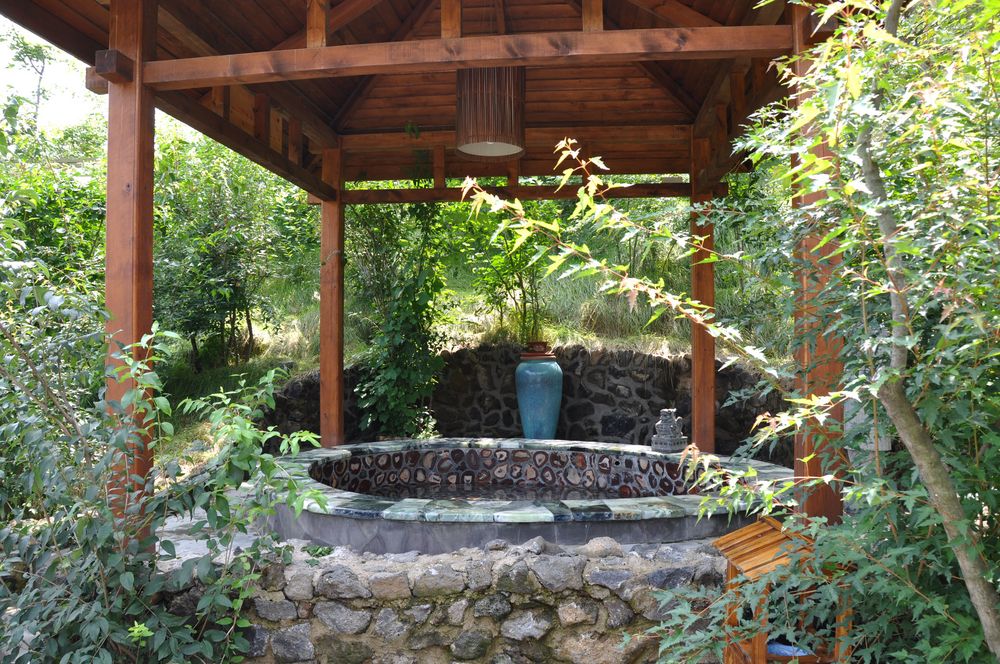
Many if not all of the hot springs resorts and spa centers in Liaoningoffer TCM treatments on some level. They are highly sought out by their visitors.
Hot Spring Treatments
Many if not all of the hot springs resorts and spa centers in Liaoning offer TCM treatments on some level. They are highly sought out by their visitors. Many visitors to Liaoning come specifically to enjoy the waters, have a massage and enjoy the local food fora day, the weekend or even longer. Many spas have been built up around springs with different waters that serve to treat different ailments, or are located in areas with local foods that are also beneficial. Soaks in hot spring tang, lying on a jade kang or sampling the natural waters themselves is all part of the enjoyment of the Liaoning hot springs.
